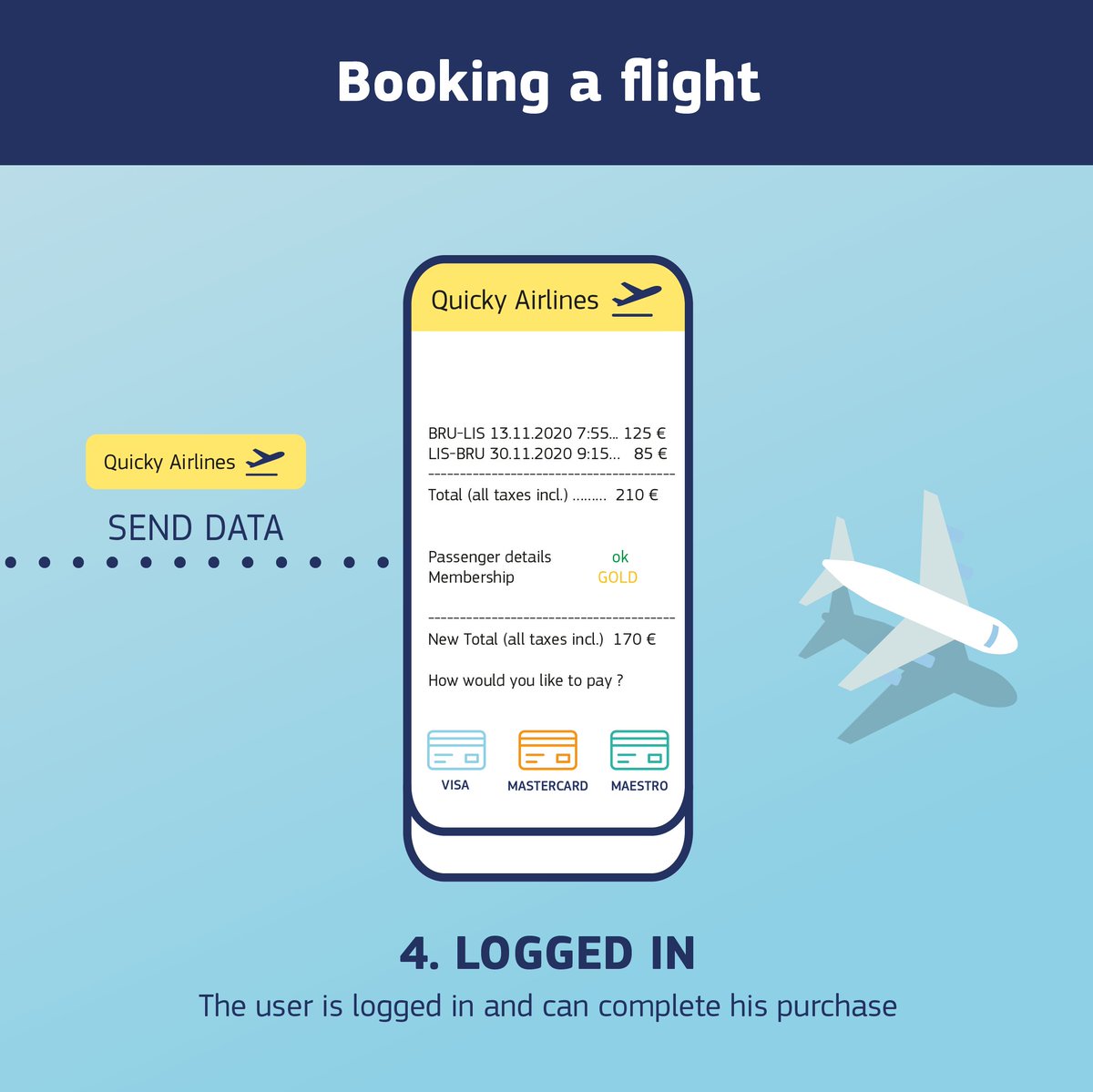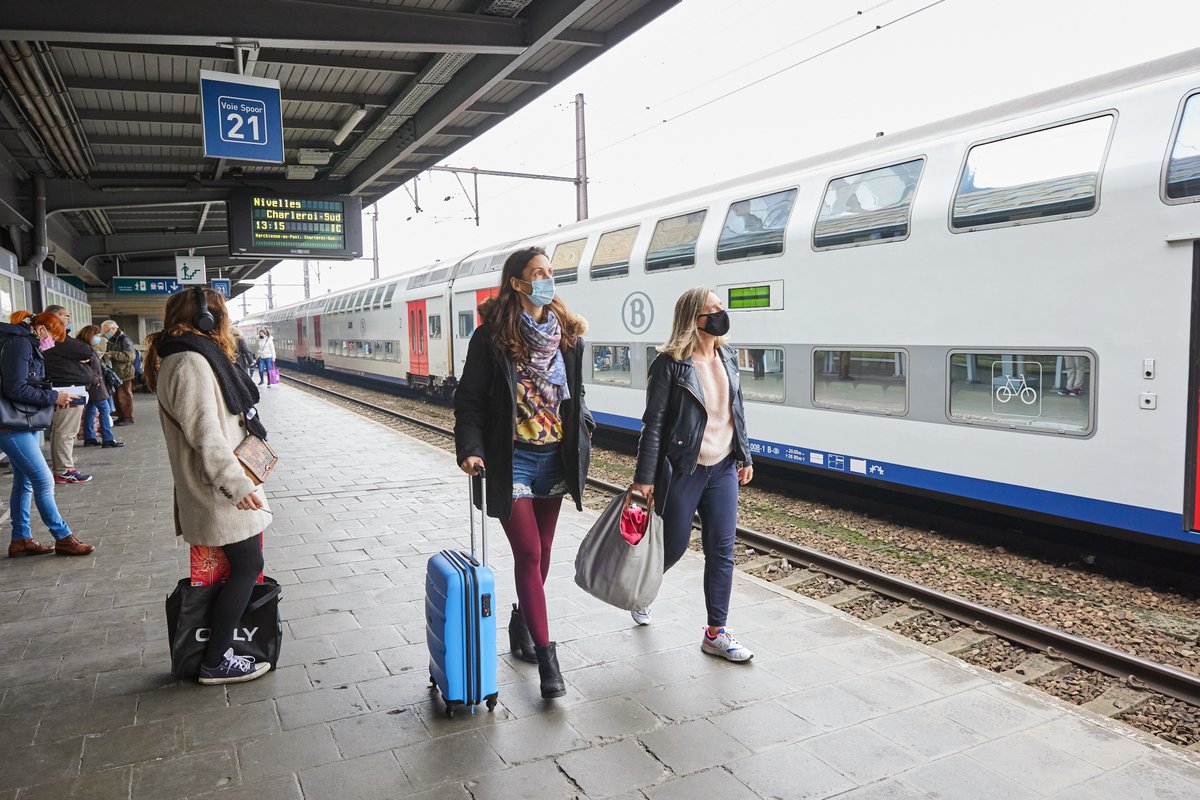
The free flow of people, goods and services is at the heart of the EU. It is also key for our #COVID19 recovery.
A new strategy sets out a path forward for Schengen, ensuring security and mobility while boosting its resilience to new challenges. #Schengen
A new strategy sets out a path forward for Schengen, ensuring security and mobility while boosting its resilience to new challenges. #Schengen
The #Schengen area in numbers:
📍 26 European countries
🏠 420 million residents
🧳 3.5 million people crossing between Schengen countries every day
💼 1.7 million people living in one Schengen county and working in another
📍 26 European countries
🏠 420 million residents
🧳 3.5 million people crossing between Schengen countries every day
💼 1.7 million people living in one Schengen county and working in another
The new Strategy aims to:
1️⃣ Manage effectively the EU’s external borders
2️⃣ Reinforce the Schengen area internally in the absence of internal border controls
3️⃣ Improve preparedness and governance
4️⃣ Enlarge the Schengen area
#Schengen
1️⃣ Manage effectively the EU’s external borders
2️⃣ Reinforce the Schengen area internally in the absence of internal border controls
3️⃣ Improve preparedness and governance
4️⃣ Enlarge the Schengen area
#Schengen

We are also proposing to revise the Schengen evaluation and monitoring mechanism.
Changes include accelerating the evaluation process as well as a fast-track procedure in case of deficiencies that could put Schengen at risk.
#Schengen
Changes include accelerating the evaluation process as well as a fast-track procedure in case of deficiencies that could put Schengen at risk.
#Schengen

Schengen is a well-oiled machine. But like any machine, it needs to be constantly shored up to stand the test of time.
Our proposal towards a stronger and more resilient Schengen area: europa.eu/!Dc37vp
#Schengen
Our proposal towards a stronger and more resilient Schengen area: europa.eu/!Dc37vp
#Schengen
• • •
Missing some Tweet in this thread? You can try to
force a refresh


















